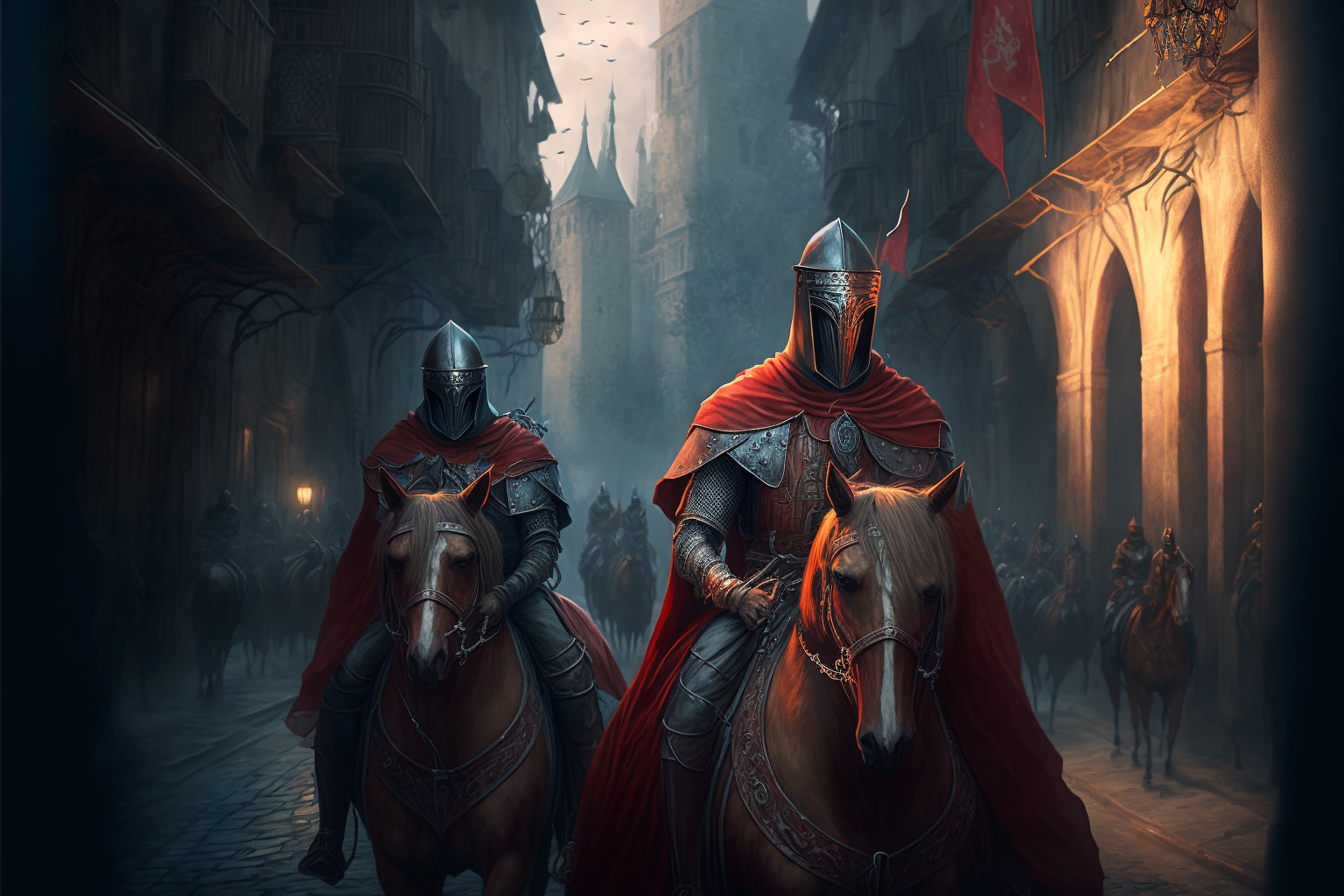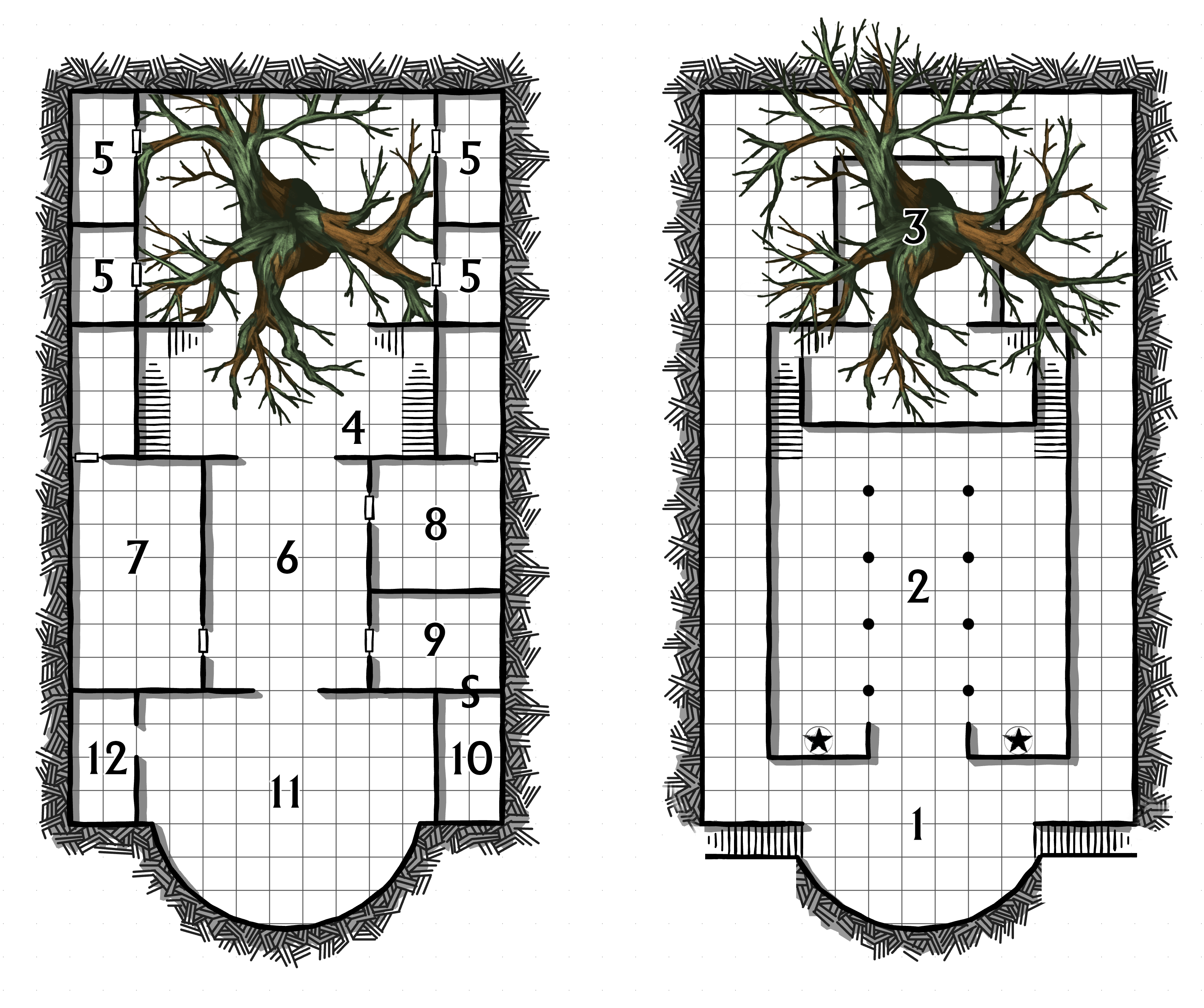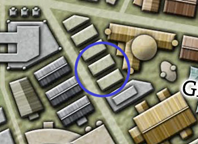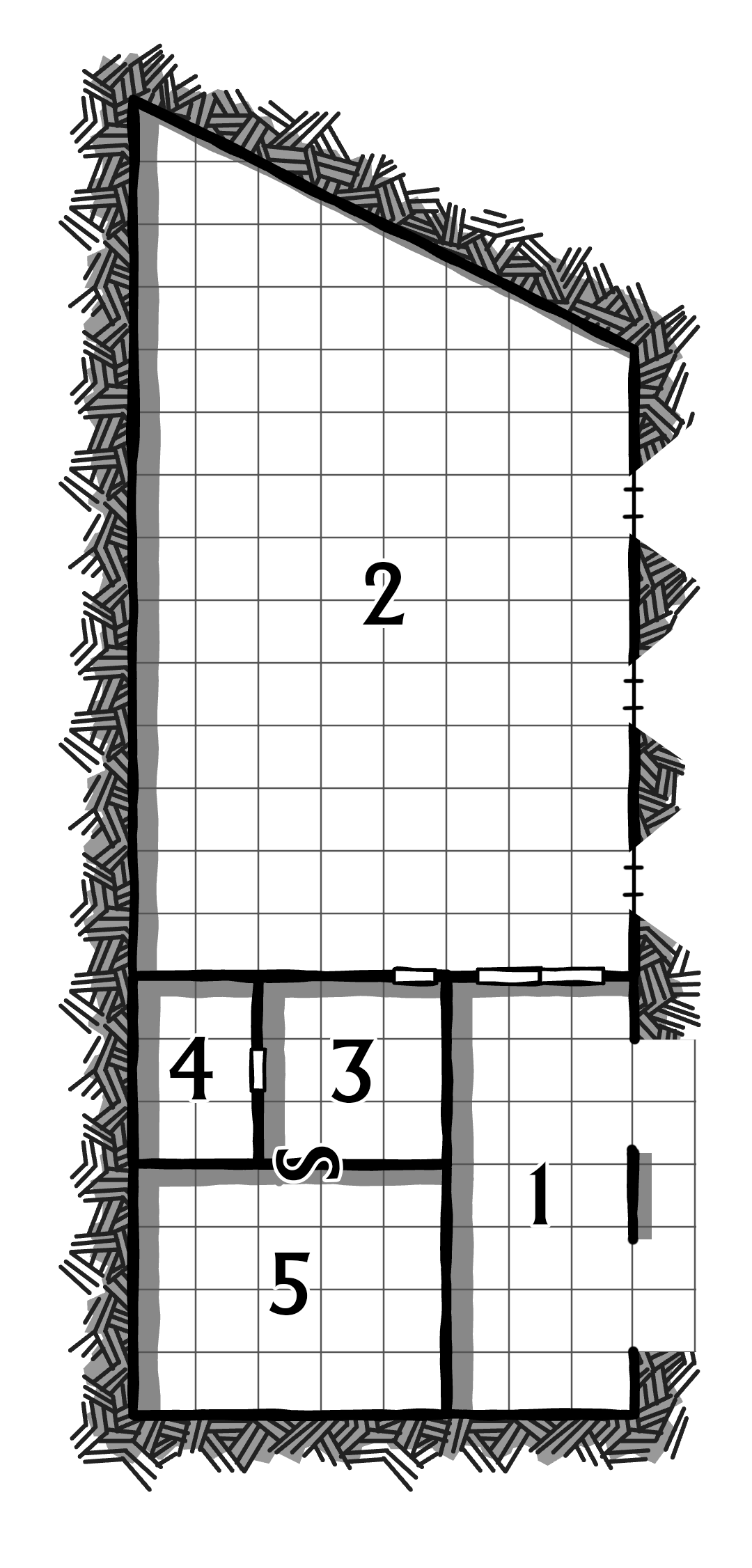
BODYWORKS – DAYTIME
Action Group Location
Vladaam Guard Area 1
2 Journeyman* + 6 Apprentices + 2 Advanced Vladaam Guards Area 2
Grui** + 2 Journeymen* Area 5
BODYWORKS – NIGHT
Action Group Location
2 Advanced Vladaam Guards Area 2
2 Journeymen (50% chance) Area 5
* Carries common vault key.
** Carries master vault key and Letter from Guildmaster Essetia.
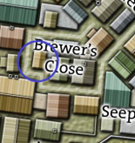
Alchemical Lab – Bodyworks
Guildsman District
Brewer’s Close – I9
LETTER FROM GUILDMASTER ESSETIA
Master Grui,
I think your for your kind gift of Thoth’s Incense. I have little doubt that my scholars will benefit greatly from sharing the thoughts of the scholars you have captured in its vapors. However, I am afraid I must — with all due deference — refuse your request to study (or sample) brain dust drawn from the sarcophagi of our master cartographers.
I confess I would be most curious to know how you learned of the burial chambers beneath our guild hall in the first place. But, nevertheless, they must remain sacrosanct.
As a minor matter, I would also appreciate it if you would make some inquiry into your lorebooks regarding any references to “Malkith” or his arts. We have found some arcane references of late and would like to clear up some evident confusion on our part.
Guildmaster Essetia,
Red Company of SurveyorsAREA 1 – ENTRANCE
A covered porch. The long wall is a large mural of the Vladaam alchemy sigil.
FRONT DOOR: AC 15, 32 hp, DC 20 Dexterity (Thieves’ Tools)

AREA 2 – LAB
Long workbenches run the length of the room, covered in elaborate equipment. Cabinets along the north wall contain various supplies.
- 6 fully-stocked alchemist’s labs
- 2,000 gp worth of alchemical supplies
- acidbane salve (x2), balm of the rose, denharil’s oil (x5), draught of Morpheus x5, rejuvenative draught (x2), summoning balm, thoth’s incense (arcana)
- Alchemy Order from Navanna
- Note from Kilana to Grui
ALCHEMY ORDER FROM NAVANNA
Master Grui—
Please deliver six Draughts of Morpheus to the house estate as soon as possible. Aliaster and his mages have been working long hours at the Oldtown apartments and I have loaned them the entirety of my current supply.
Your work with the grafts has been excellent. Aliaster assures me that additional revelations will soon by flowing from his work.
Navanna Vladaam
NOTE FROM KILANA TO GRUI
Grui—
We’re running low on acidbane salve at Wayfarer’s Street. One of the new apprentices has been going through it like butter. If you could send us next month’s shipment early, that would be lovely.
Kilana
AREA 3 – STORAGE
Shelving of dark wood stained with chemicals along the walls. Additional shelving below a low, square work table in the middle of the room.
ALCHEMICAL SUPPLIES: Worth 6,000 gp.
VAULT DOOR (to Area 4): AC 19, 100 hp, two DC 24 Dexterity (Thieves’ Tools) made simultaneously. Requires both the master vault key and one of the common vault keys to be turned simultaneously in twin locks.
AREA 4 – VAULT
Small area with lead-lined walls.
SHELVES:
- 8,000 gp in rare alchemical supplies.
- Alchemy Lab 1 — Common Lorebook
SIGIL BOX: A box with no visible mechanism for opening it. The top is inlaid with the Vladaam alchemy sigil.
- DC 15 Intelligence (Investigate): The two circles of the inlaid sigil can be rotated. (75% chance one of them gets rotated the wrong way, triggering the trap.)
- DC 25 Intelligence (Investigate): The circles need to be rotated in opposite directions to avoid the trap. Doing so causes the inlaid sigil to pop up; it can then be swung aside to reveal a lock which can be opened with Grui’s master key.
- Wyvern Arrow Trap: ranged attack +8, 1d8 damage plus DC 15 Constitution saving throw (7d6 poison damage or half that on a successful save).
- Contents: Alchemy Lab 1 – Secret Lorebook, 33 pp, 3091 sp
IRON COFFER: 10% chance of being present.
- 500 gp
- 40,000 sp
- 50,000 cp
- Instructions to have the Ithildin Couriers ship it to the Red Company of Goldsmiths on Gold Street (see Part 12).
AREA 5 – SECRET LAB
Alchemical labs have been set up on opposite ends of the room. There large dissection slabs in the center of the room. A blue, alchemical flame in a sconce hanging from the ceiling casts an eerie light, but also purifies the air (giving it a distinctive ozone scent). There’s a trap door in the floor in the corner of the room.
ALCHEMY LABS: Contain two full sets of alchemist’s supplies.
DEAD BODIES: Being used for study and dissection.
OTHER ITEMS:
- 2,000 gp in alchemical supplies
- necromancer’s oil (skeleton x6, ghoul x2)
- 2 pain devil hell scourges, ready for grafting (see Part 15: Oldtown Apartments)
SHIPPING CONTAINER: Partially loaded. The side is stamped with an address on Pitch Street in the South Market.
- zombie oil (x10)
- zombie oil (control concoction, x2)
DM Background: Crate is being delivered to the Part 17: Undead Shipping Warehouse.
TRAPDOOR: A trapdoor in the floor leads to a tunnel which emerges in the Midden Heaps (Ptolus, p. 179).
DM Background: They use this tunnel to dispose of dead bodies.




